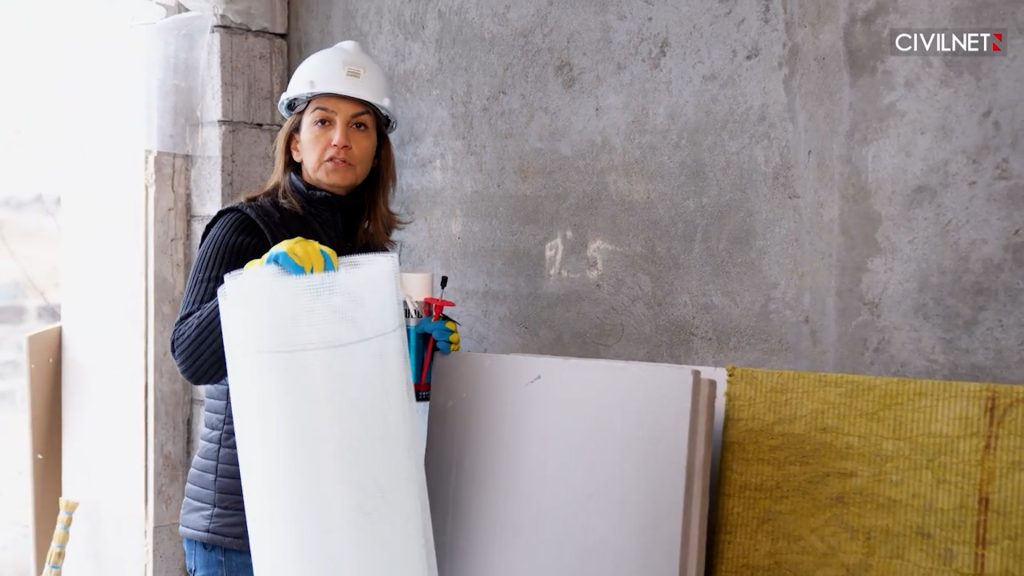By Alexander Pracht
With around 80% of its total primary energy supply dependent on imports, Armenia faces a critical challenge in securing its energy future, making efficiency and diversification central to its strategy.
However, despite the government’s aspirations to increase the share of renewables in the energy sector, the grid remains unprepared for rapid expansion, and authorities have done little to encourage Armenians to switch from fossil fuels to electric heating.
Astghine Pasoyan, the executive director of Armenia’s Energy Saving Foundation, argues that transitioning to electricity across all sectors is the key to reducing reliance on imported natural gas.
“Our national energy strategy until 2040 aims to significantly reduce gas dependence,” Pasoyan says. “The key component is transitioning as much as possible to electricity, including heating and vehicles. The more we electrify, the more flexibility we have in sourcing energy from different places. It’s like using an adapter that allows us to connect to any available power supply.”
While the Armenian government has taken steps to encourage the adoption of electric vehicles by allowing thousands of cars to be imported tariff-free, trade protectionism measures imposed by the Eurasian Economic Union significantly limit duty-free quotas. As a result, these quotas fall far short of market demand, preventing Armenia from further increasing the share of electric cars on its roads.
Electricity production
Currently, Armenia imports 14% of its natural gas from Iran, while the remaining supply comes from Russia at a price ($165 per 1000 cubic meters) that is roughly three times lower than what Russia sold to Europe until recently.
Gas-fired power plants, such as the modern and efficient Yerevan TPP, opened in 2021, play a significant role in Armenia’s energy generation. Unlike many European countries that still burn coal, a far more polluting and less efficient fuel, Armenia’s use of natural gas already provides a cleaner alternative.
Pasoyan notes that the country could take this transition even further in the future: “If we figure out how to produce biogas, we can feed it into our existing plants. The infrastructure is already there, so it’s just a matter of switching the fuel.”

Astghine Pasoyan supervises thermal insulation work on a building project.
However, gas dependence presents vulnerabilities. If Russia raises gas prices, lower-income households will be the hardest hit. “When heating is electric, there is resilience. Those supplying fossil fuels know that less diversification gives them leverage. The more diversified our sources, the less we are at the mercy of external suppliers,” Pasoyan explains.
While Armenia is expanding its renewable energy sector, the aging and poorly maintained electrical grid is a major obstacle. “The system must absorb every new source of electricity, no matter how small,” Pasoyan says. “Right now, the grid isn’t being upgraded at the necessary pace, which limits the growth of renewable solutions like solar and wind. The electric networks company has even been seen deliberately delaying connections for new renewable sources because they can’t handle it.”
Electricity distribution has also suffered since control was transferred to the Tashir Group, owned by Armenian-born Russian billionaire Samvel Karapetyan. Pasoyan notes that while the allowed energy loss in the grid is 12%, the actual figure stands at 8.4%. Yet, reliability has deteriorated, with more frequent outages, fires, and explosions due to poor maintenance and mismanagement. “They know exactly what to do, but they choose not to. They simply don’t invest enough money.”
Another concern is the efficiency of Armenia’s hydropower sector: nearly 190 small hydroelectric plants in the country suffer from poor design and inadequate maintenance. Climate change is exacerbating the problem, as reduced river flow and increased underground water temperatures lead to decreased power plant efficiency. “In summer, Armenia’s power plants operate at lower capacity because cooling water is warmer. Extensive groundwater extraction for farming is another factor reducing efficiency,” Pasoyan explains.
Heating systems
Armenia, like the rest of the Soviet Union, once had centralized heating systems in urban areas. However, this grid was abandoned in the early 1990s during the devastating energy crisis in the country, when extreme gas and electricity shortages forced people to find alternative ways to heat their homes. While central heating is considered the greenest and most efficient option for densely populated areas, the country’s Soviet-era infrastructure was highly inefficient, losing up to 60% of heat through underground and in-building pipes. “That’s why when the system collapsed in the 1990s, people quickly switched to individual gas boilers and never looked back,” Pasoyan explains.
Individual heating systems offer advantages such as personal control over fuel consumption and market-driven incentives for insulation improvements. “People install better windows and insulate their homes because they pay for their own heating. Also, modern boilers have an efficiency loss of less than 10%,” says Pasoyan. However, this comes at the cost of fuel flexibility: unlike central heating, which allows for diversified fuel sources.
Despite the benefits of electrification, the Armenian government has done little to incentivize a transition from gas-based heating to electric alternatives. “Gas heating is still about 26% cheaper,” Pasoyan notes. “Many people have made significant investments in gas boilers, even taking out loans to afford them. Until these systems reach the end of their lifespan, a mass switch to electric heating is unlikely.”
The post Armenia’s energy transition stalls amid grid challenges and gas dependence appeared first on CIVILNET.

















